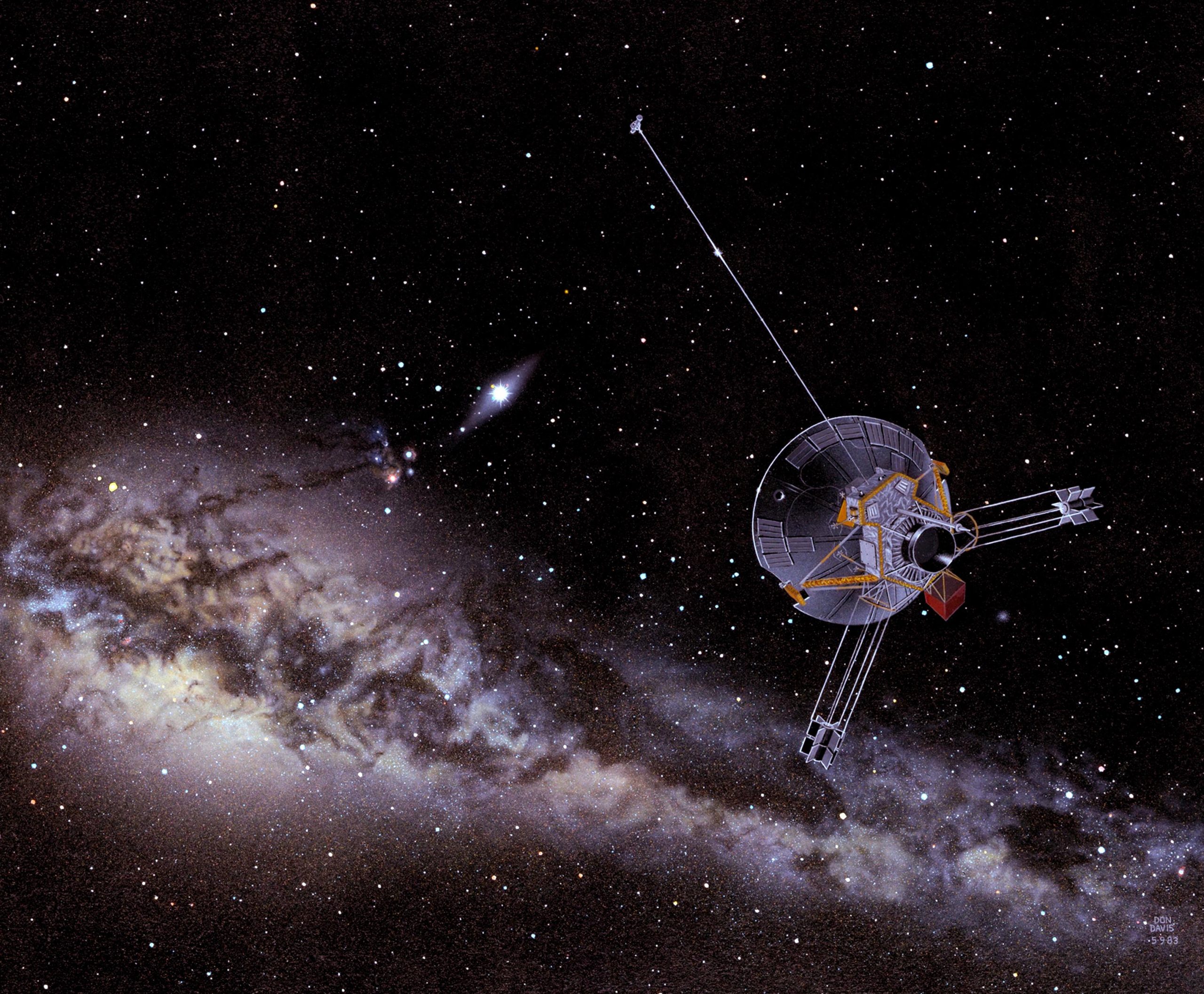Pioneer 11 Spacecraft
The Pioneer 11 spacecraft made contributions to space exploration during its mission in the late 1970s. Launched on April 6, 1973, it was part of important programme aimed at utilising a rare planetary alignment to study the outer planets of our solar system. This mission provided invaluable data on Jupiter and Saturn, shaping our understanding of these gas giants.
Mission Objectives
Pioneer 11 was launched to explore Jupiter and Saturn. It followed Pioneer 10, which had successfully passed the asteroid belt. The mission aimed to study the gravitational fields of both planets and gather data on their atmospheres, magnetic fields, and moons.
Journey to Jupiter
Pioneer 11’s journey to Jupiter included passing through the asteroid belt. It successfully navigated this region in March 1974 and made course corrections to ensure a close encounter with Jupiter. The spacecraft reached Jupiter on December 3, 1974, coming within 42,500 km of its cloud tops.
Jupiter’s Atmosphere and Magnetic Field
During its flyby, Pioneer 11 captured detailed images of Jupiter and its Great Red Spot. It also mapped the planet’s polar regions and gathered data on its magnetosphere. The spacecraft’s findings indicated that Jupiter’s magnetic field was influenced by solar wind, revealing new vital information about its atmospheric dynamics.
Voyage to Saturn
After successfully studying Jupiter, Pioneer 11 used the planet’s gravity to change its trajectory towards Saturn. The spacecraft made its closest approach to Saturn on September 1, 1979, coming within 20,900 km of the planet’s surface.
Discoveries at Saturn
Pioneer 11 made several discoveries during its encounter with Saturn. It identified the F ring and two new moons. The spacecraft provided images that revealed a less dynamic atmosphere compared to Jupiter and measured Saturn’s temperature at approximately minus 180 degrees Celsius.
Longevity and Legacy
Originally designed for a 21-month mission, Pioneer 11 exceeded expectations, operating for 22 years. It provided critical data that aided in the exploration of the outer planets. The spacecraft crossed Neptune’s orbit on February 23, 1990, and continued to send signals until September 30, 1995.
Current Status
Pioneer 11 is currently located in the constellation Aquila, over 17 billion km from Earth. It remains one of the furthest human-made objects in space, contributing to our understanding of the solar system long after its operational life.
Month: Current Affairs - April, 2025
Category: Science & Technology Current Affairs








